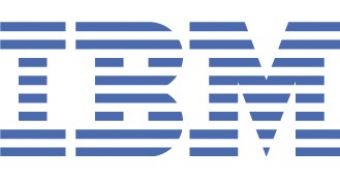Now before you start gearing up and grabbing your military equipment from the closet, it's not actually a DEFCON 2 situation, and if it were then you probably wouldn't hear it from me. It has to do with the initiative of IBM and Cisco to "provide emergency crisis response capabilities for the first time as an end-to-end managed service".
The IBM Crisis Management Services for Crisis Response are a group of services which combine advanced communications capabilities, (wireless, satellite) helping key organizations, governments and local contractors prepare, respond and rapidly recover from network related failures.
This service is designed to provide continuity in operations, network operability and recovery, secure cross-organization and domain information sharing capabilities, incident management and decision support tools, tactical operations, command and control platforms. The solution package as IBM and Cisco calls it offers hardware, software, services and satellite-based capabilities as one service.
"Organizations face a growing number of threats from natural and man-made disasters or disruptive events that have costly, far-reaching impact. To make matters worse, in the immediate aftermath of such an event, reliable and secure communications networks are overloaded, damaged or destroyed, impeding an organization's ability to rapidly respond, collaborate and coordinate relief efforts. Cisco and IBM have created this service to dramatically change this response and recovery capability from being an afterthought to an essential business imperative that will greatly enhance recovery efforts", said Joe Pinto, senior vice president of technical services for Cisco.
If you still believe that this service refers to networking and has nothing to do with a Navy S.E.A.L. you should hear some of the names their rapid deployment platforms have. First you have a tactical communications kit (TCK), a fixed or easily transported fog cutter device (FC), a network emergency response vehicle (NERV I) and a command network emergency response vehicle (NERV III).
I'm thinking about the actual deployment of forces in response to a network failure, you'd imagine a van comes along, from it ten guys wearing black masks and holding switches in their hands roll out, then a commander goes "Secure the perimeter, Johnson, Anderson, take two switches to the second floor, we have two enemy computers which don't acquire a network address, take no prisoners!"

 14 DAY TRIAL //
14 DAY TRIAL //